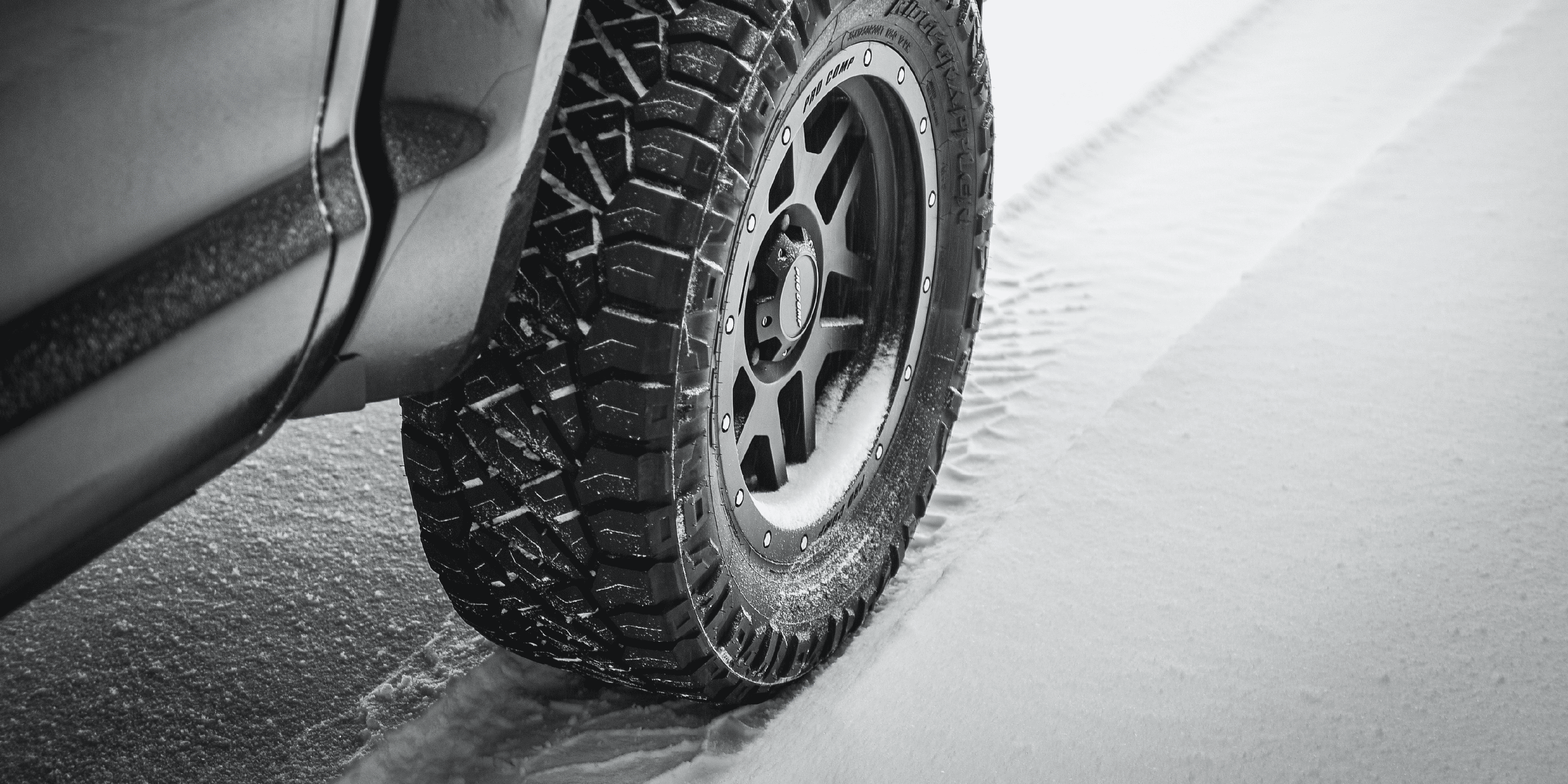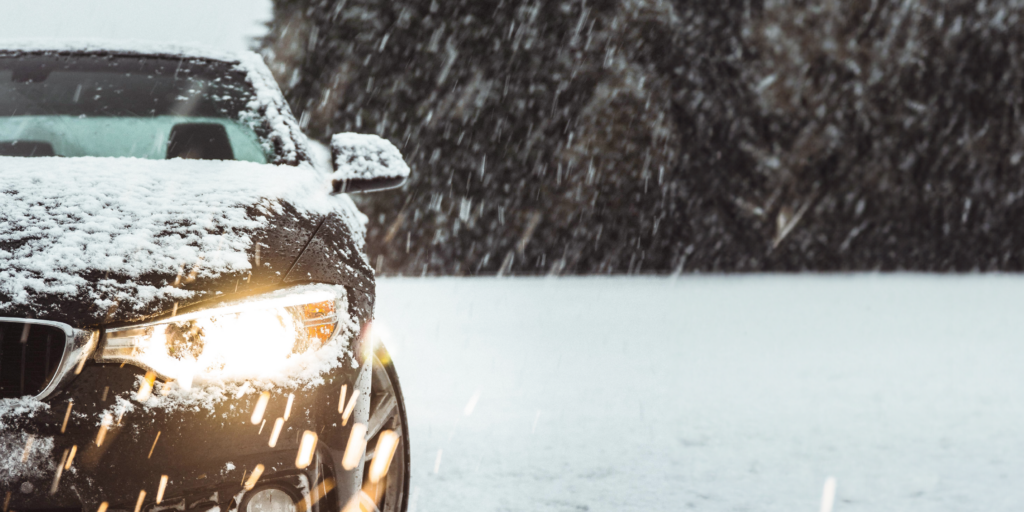
The Best Time to Change Your Winter Tires (And Why)
Another Manitoba winter is coming – the sun sets earlier, the air is frosty and your car feels like an ice box when you start it each morning.
During this long and cold season, it’s essential to think about road safety – which means thinking about your car tires. Winter tires provide grip and control on our province’s snowy, icy roads while also giving you some much-needed peace of mind.
Keep reading to find out the best time to switch to winter tires and other important things to know about your next set of winter wheels.
WINTER TIRES – HIGHLY RECOMMENDED
Only two provinces have made winter tires mandatory and surprisingly, Manitoba isn’t one of them. Only Quebec and British Columbia require winter tires by law. Along with the rest of the provinces and territories, Manitoba falls into the category of winter tires being recommended. Even though they aren’t mandatory, we strongly encourage you to get a set if you haven’t already to stay safe this winter.
WHEN TO MAKE THE SWITCH
As for when the best time is to put your winter tires on? Don’t wait until the first snowfall! It all comes down to temperature, as winter tires are made to perform in temperatures below 7°C. A good rule of thumb is to get them on once it’s been below 7°C for five consecutive days (which usually hits around late October here in Manitoba).
WHAT TO LOOK FOR IN WINTER TIRES
According to Transport Canada, winter tires should feature this mountain/snowflake logo on their side (also known as the ‘Alpine’ logo):
If you see this symbol, it means that the tire is certified and will meet certain performance criteria when it comes to winter driving conditions.
ALL-SEASON & ALL-WEATHER TIRES
Based on the name, one might assume that all-season tires are suitable for every season including winter. Unfortunately, this just isn’t true. All-season tires are best for spring, summer and fall – which is why some companies have actually started referring to them as ‘three-season tires’ instead. The rubber compound of an all-season tire hardens as the temperature drops below 7°C, providing poorer grip, even on dry surfaces.
On the contrary, all-weather tires feature the Alpine logo and are made to be reliable for all seasons including mild winter conditions. If you keep reading, you’ll know that the keyword here is mild. They are made with a special rubber compound that stays flexible at temperatures above and below 7°C for stability and grip on various road conditions.
WHY YOU NEED WINTER TIRES
You might be thinking, “Why can’t I just use my all-weather tires all year round? Why would I need winter tires at all?”
Even though all-weather tires are considered to be suitable for winter driving, winter tires are still superior in that category. For example, winter tires have a much better braking distance average. And for the best traction in the cold and icy conditions we experience here in Manitoba, dedicated winter tires are always the way to go.
Having two sets of tires that you swap out every six months (we recommend one all-weather and one winter) means you are going to extend the life of both sets. Even though this means a higher cost upfront, you will be doubling the life of each set and seeing those costs balance out over a few years. Both sets of tires will last a lot longer and you won’t have to replace them nearly as often!
HOW MUCH DO WINTER TIRES COST?
When it comes to a set of all-season, all-weather and winter tires, they all cost relatively the same – between $400-$800. When it comes to the cost of changing your winter tires, most places will charge around $60-$100.
If you’re a Birchwood Credit customer, you can bring your vehicle down to one of our dealerships and we’ll swap your tires for you! Make an appointment.
MPI’S WINTER TIRE PROGRAM
Did you know? You can receive a low-interest loan from the government to purchase approved winter tires through MPI’S Winter Tire Program. You have the choice to select a financing term between one and four years and a monthly payment withdrawal day. To be eligible, you just need to be a Manitoba Public Insurance customer and purchase your tires from a participating seller.
WHEN TO TAKE WINTER TIRES OFF
Winter tires are designed to perform best on ice and snow, not when the roads are hot from the summer sun. Not only will it cost you money to keep your winter tires on because they will degrade faster, but it’s unsafe. In Manitoba, it’s good to use the 7°C rule to know when to change back to your set of non-winter tires – which is usually around the start of spring.
Driving in Manitoba winters can be quite challenging due to quickly changing weather and road conditions. That’s why using the right tires for the right seasons is worth the cost – and will keep you safer in the long run.
At Birchwood Credit Solutions, we want every driver to feel safe and comfortable on the road. That’s why we offer an extensive inventory of high-quality vehicles to suit almost any driving need. Browse our online inventory today to see our selection of cars, trucks, SUVs and minivans. If you need financing to make your next car purchase, we work with buyers from almost every credit background. Whether you’re new to Canada and still building credit or rebuilding credit after a bankruptcy or divorce, Birchwood Credit Solutions can help. Get the loan process started by completing our online application today!




